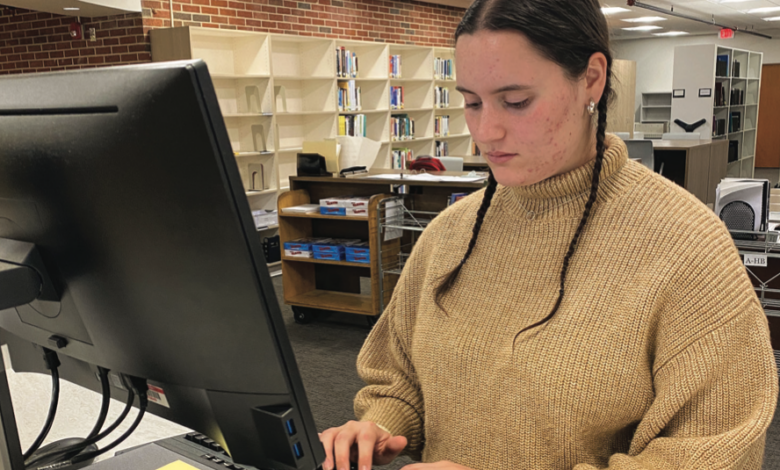
New ADP timesheet service causes issues for workers
By Amethyst Martinez
Students and staff continue to face technical difficulties throughout campus, this time with the newly introduced timesheet system, Automatic Data Processing (ADP). The service, which was introduced on campus in August, has caused a variety of problems for on campus employees throughout the summer and into the fall semester.
Colleen Banfe, assistant director of disbursements, was unable to be reached for comment on the current issues users are experiencing with ADP.
The change was conducted by individuals in the finance division and human resources. Prior to the introduction of ADP, payroll was handled in-house by Rider, according to Kristine Brown, associate vice president of university marketing and communications.
Brown also said that ADP was implemented to increase efficiencies, reduce costs and improve service to employees.
Margaret Bergmark, the library manager of the Franklin F. Moore Library, said that there were only two training sessions available in the summer in person, with a recording of the session available online for those who were new to the system.
“The training was probably about an hour long, but it was more so just to understand how the platform worked, and how we could view our time, like our accrued time, and how we submitted our own personal time. … I asked specifically if the supervisors would be expected to train students on how to use this system, or if students would be receiving any kind of help, and they said it fell to the supervisor,” said Bergmark.
Bergmark is responsible for the timesheets of seven full and part-time staff members, as well as 30 students. With lack of training for students, many over the summer and into the new semester have experienced a plethora of issues from the program.
“I wish I had had a little bit more time to get accustomed to the program myself before being also asked to train students how to use it,” said Bergmark. “It seems that if there are issues on the back side of things, it makes my job training students more difficult.”
Brown said there were two training sessions throughout the summer for employees to learn the new system, along with information and resources provided via email, online training, a recording of the training, and an in-person open house offered in July. In addition to these sessions, PowerPoint presentations are also available on the disbursements website.
Jackie Nirvana, a senior film and television major, has experienced issues with the system since it was introduced in the summer. Nirvana said, “Whenever we have issues, they always point us to the company rather than disbursements. … The fact that there was no training involved, just because as we all know, we’re just expected to figure it out. We’re college students who are already living mostly paycheck to paycheck, and now you want to delay it.”
During Nirvana’s summer job on campus, she and her coworkers went to disbursements in-person on multiple instances after they all experienced issues with no response from the department.
“I worked with the educational opportunity program over the summer. … I think three times out of the six week program, we marched to disbursements with a group of like 15 people to speak with them,” said Nirvana.
Bergmark said the two issues she encounters most with the program are students who have two campus jobs, or who have never had a job at Rider before. She describes both of these instances as a “limitation of the platform.” Bergmark has first-hand experience with the issues that users are experiencing when trying to submit their timesheets.
“I don’t understand what it’s like from [the] disbursements side of things,” said Bergmark. “I’ve never seen that side or what it’s like uploading that many people. You’re bound to have human error if it is done by overworked staff. … I would say that the platform will be wonderful, once all of the kinks are worked out.”


